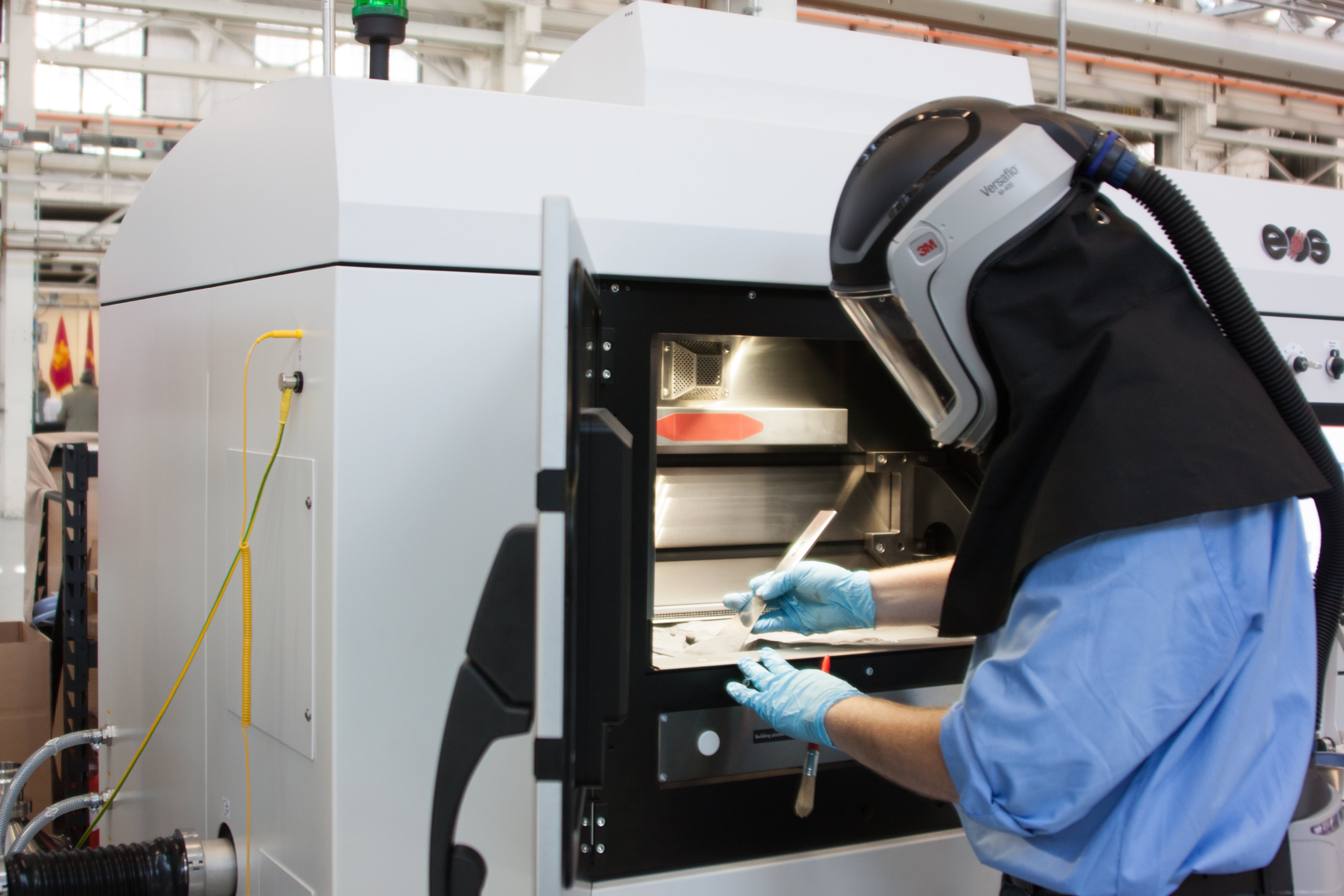The Army’s in-development, next-generation missile defense command and control system is complex and dynamic, but one thing has remained steadfast throughout the development process is the focus on soldier feedback and emerging requirements.
The Integrated Air and Missile Defense Battle Command System, or IBCS, is years from launching; however, perhaps the most critical bottom line for the system is the integration of existing assets. That includes the seven current systems used by the Army today for missile defense command and control. Along with the emphasis on an open, modular system that is owned by the Army, developer Northrop Grumman is working to ensure the system can take on threats and requirements – including in cyber and electronic warfare – that emerge between now and the estimated launch in five years.
“As the threat has evolved and new threats have been introduced into the fight, it’s added requirements into the system,” Dan Verwiel, vice president and general manager, missile defense and protective systems at Northrop Grumman, said at AUSA 2017. “We’ve been able to adapt IBCS to integrate new requirements easily…the modular, open-systems architecture allows us the opportunity to introduce those new requirements relatively easily.”
The system also is being evolved based on soldier feedback at testing events, including most recently at the Soldier Checkout Event held in August at Fort Bliss, Texas. The event tested out IBCS as the common command-and-control system for Sentinel and Patriot radars and Patriot Advanced Capability (PAC)-2, PAC-3 and PAC-3 Missile Segment Enhancement interceptors, fighting 26 simulated air battles against hundreds of tactical ballistic missile threats. The SCOE concluded with a 72-hour endurance run of the system that included 18 additional air battles, according to a Northrop press release.
“This SCOE is an enterprise-level integration and test of IBCS and Army IAMD assets and capabilities with soldier operators,” Barry Pike, Army Missile and Space Program Executive Officer, said in the release. “The event allows air defense warfighters the unprecedented opportunity to provide relevant system performance and interface feedback when the system is integrated with actual tactical hardware and software.”
Throughout the process, psychology and user experience are playing a key part of the development process to ensure it best meets battlefield needs.
“How do you create a visual for a warfighter so he’s getting the information that’s absolutely right and critical at the right time? We’ve incorporated the user experience, creating the capability these young soldiers are used to from playing their PlayStation or X-Box at home,” Verwiel said. “We’ve taken that thought process and created an interface that allows them to see the right information at the right time. You think of things like, ‘I want the most critical piece of information on the right side of the screen,’ and it should be the part of the screen where, during a period of high stress, the soldier would tend to look. That type of psychology in design is brought into a system like IBCS.”








